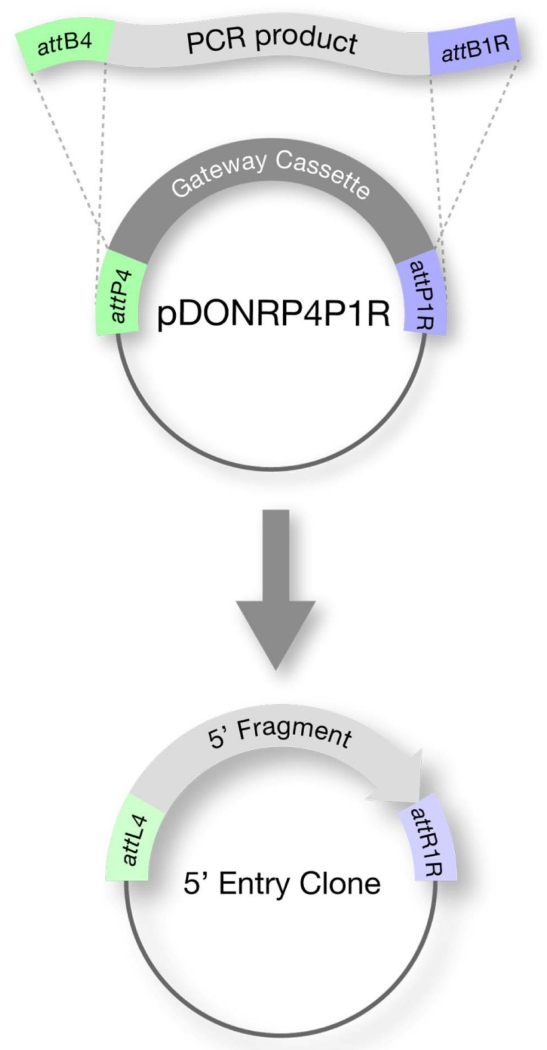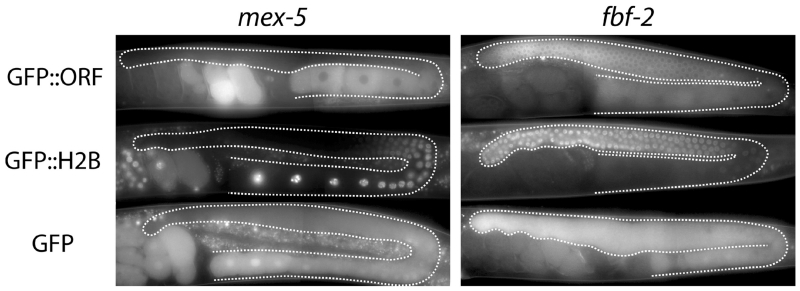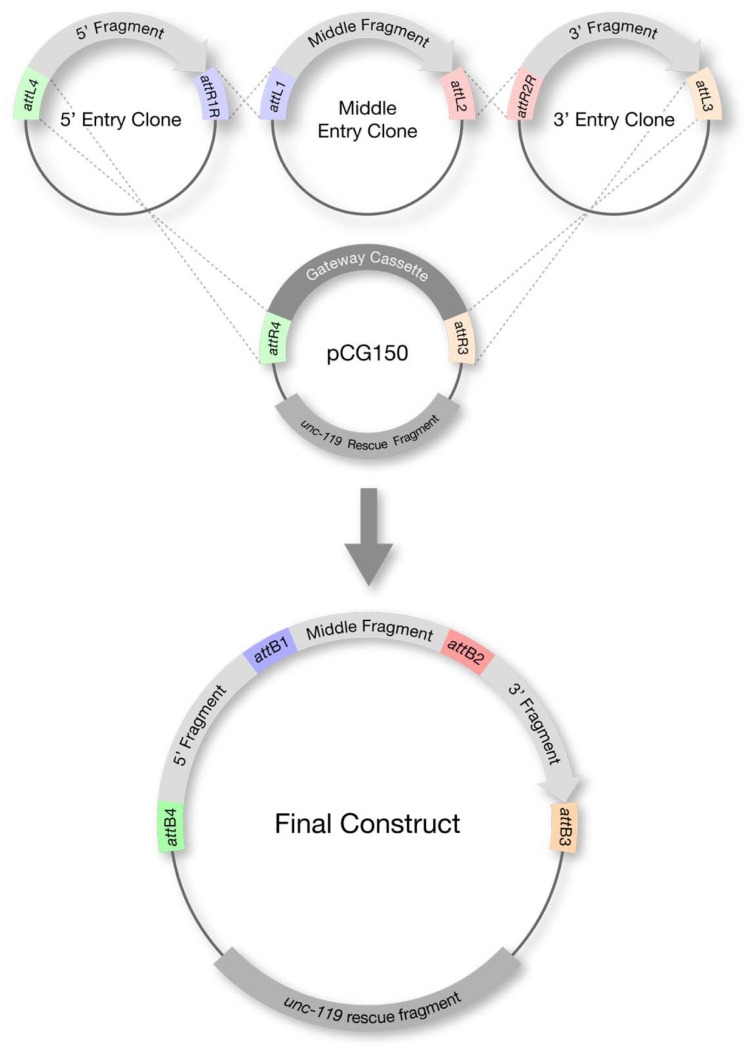Transgenic solutions for the germline.
WormBook : the online review of C. elegans biology
Pub Date : 2010-02-08
DOI:10.1895/wormbook.1.148.1
引用次数: 68
Abstract
One of the most thrilling experiments in biology is to introduce a gene of one’s own design into a favorite animal and examine the effect in the transgenic progeny. Methods to construct, transform and monitor transgenes have been available to worm breeders since the pioneering work of Andy Fire and Craig Mello (Fire, 1986; Mello and Fire, 1995) and the introduction of green fluorescent protein (GFP) by Marty Chalfie (Chalfie et al., 1994). Sadly, for many years, the thrill of “seeing green” was denied to worm breeders working on the germline, as transgenes stubbornly refused to express in germ cells. In 1997, Bill Kelly and Andy Fire showed that transgene silencing in the germline is a copy-number driven process (Kelly et al., 1997). Multi-copy transgenes are expressed in the soma but silenced in the germline; in contrast, low-copy transgenes are expressed in both. Today, new transformation methods make it possible to routinely obtain low copy transgenes inserted in the genome. In this chapter, we review these methods and give practical advice for designing and transforming “germline-ready” transgenes.



种系的转基因解决方案。
本文章由计算机程序翻译,如有差异,请以英文原文为准。
求助全文
约1分钟内获得全文
求助全文

 求助内容:
求助内容: 应助结果提醒方式:
应助结果提醒方式:


